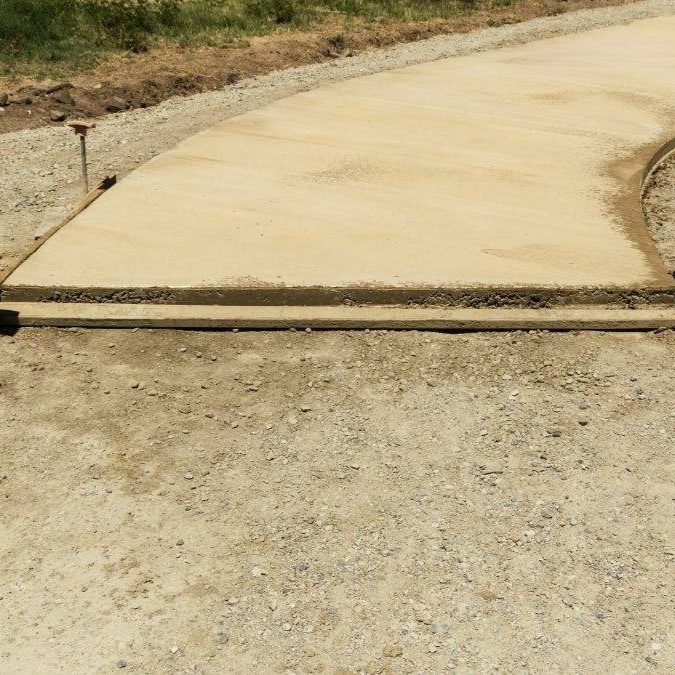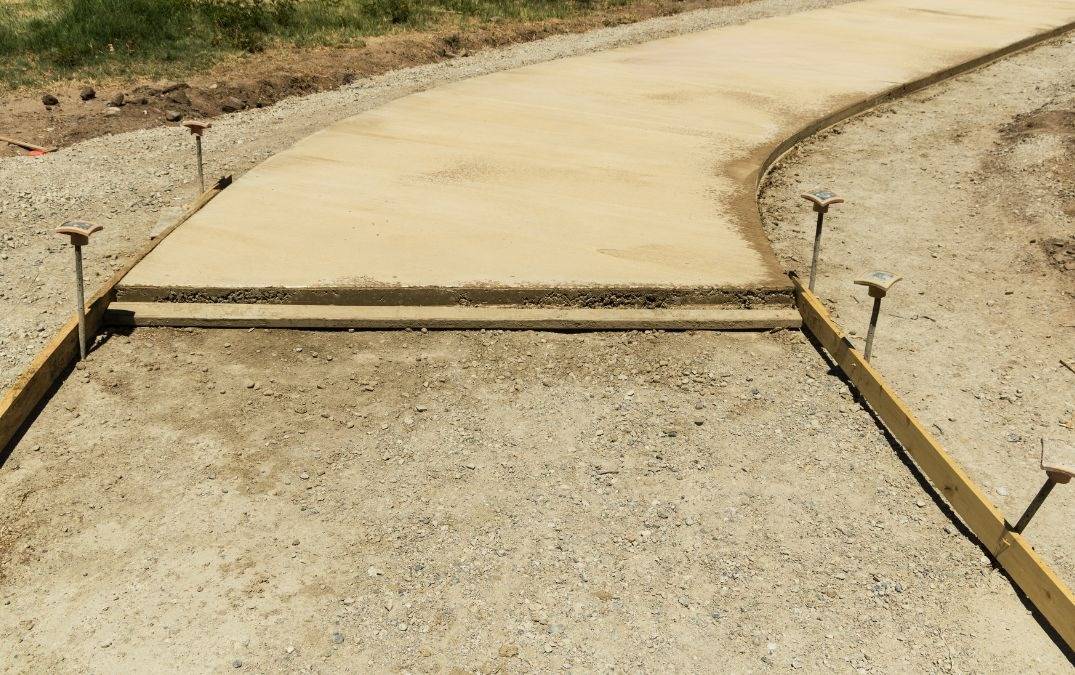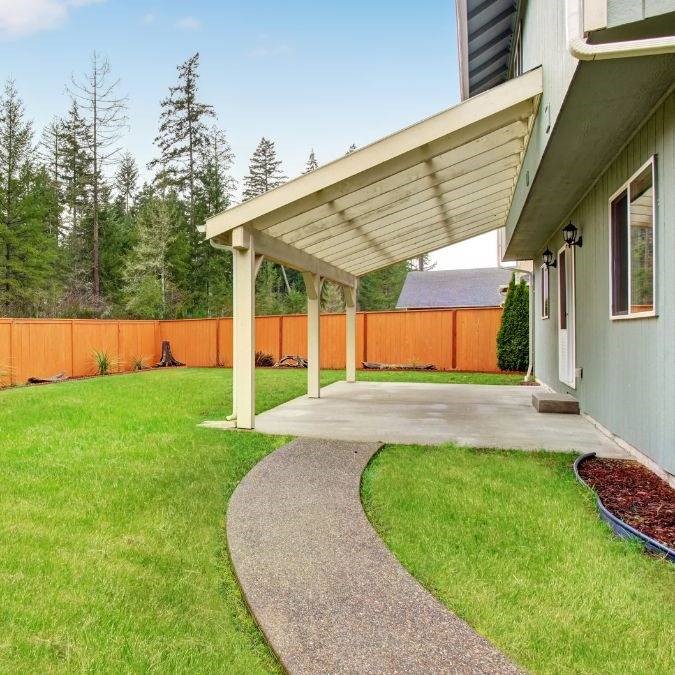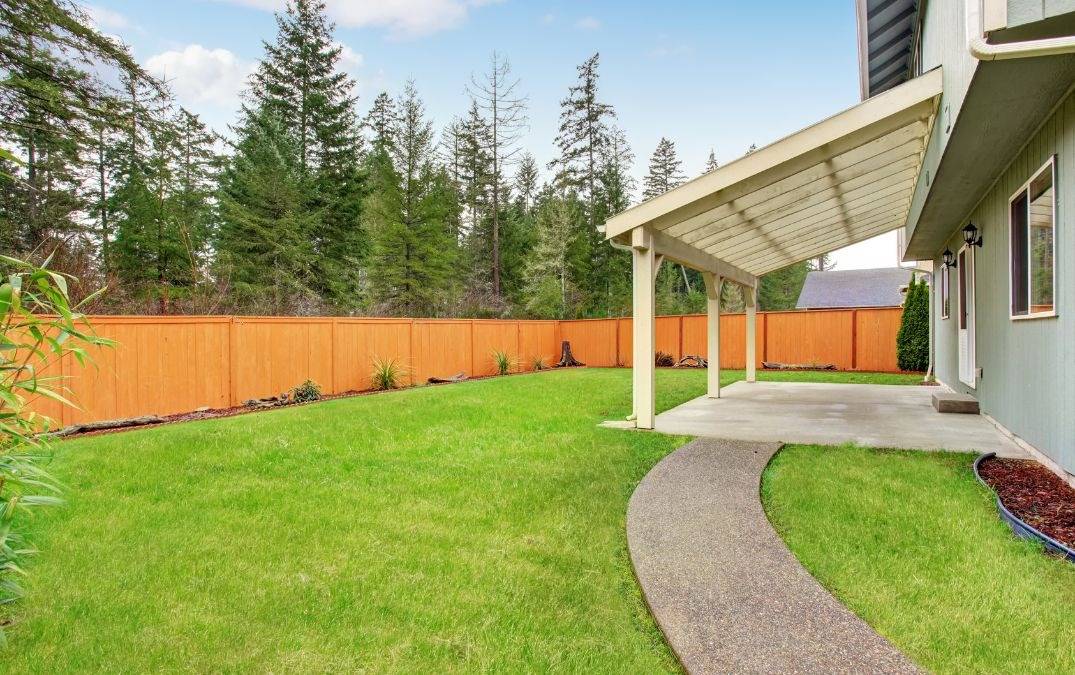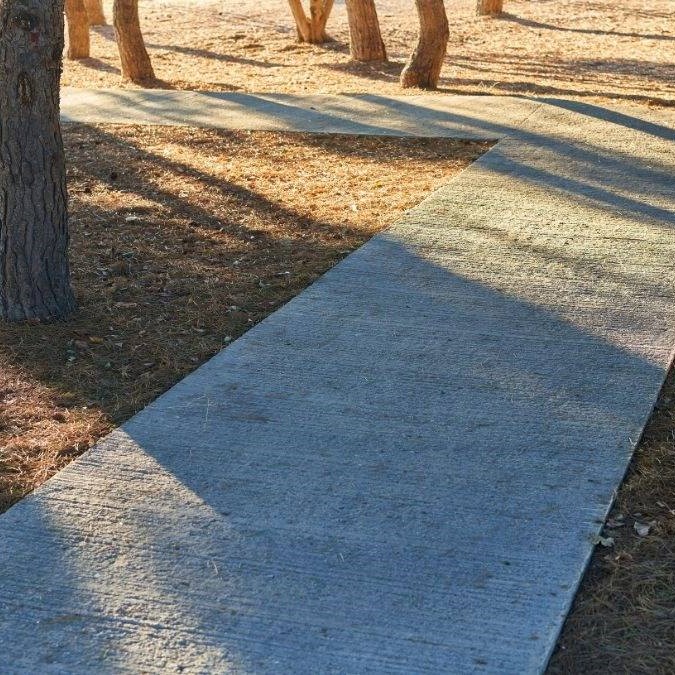What do I reinforce the concrete path with?
Reinforcing a concrete path with rebar or wire mesh isn't always necessary, but it can be beneficial, especially for thicker paths or those expected to bear heavy loads. For most residential pathways, if your concrete is 4 inches thick or more, adding reinforcement is a good idea to prevent cracking and increase durability. You can use rebar, placed in a grid pattern, or wire mesh, laid flat and slightly elevated so it sits in the middle of the concrete once poured. For thinner paths or lighter loads, reinforcement may not be essential, but it can still add extra strength and longevity to your concrete path.
